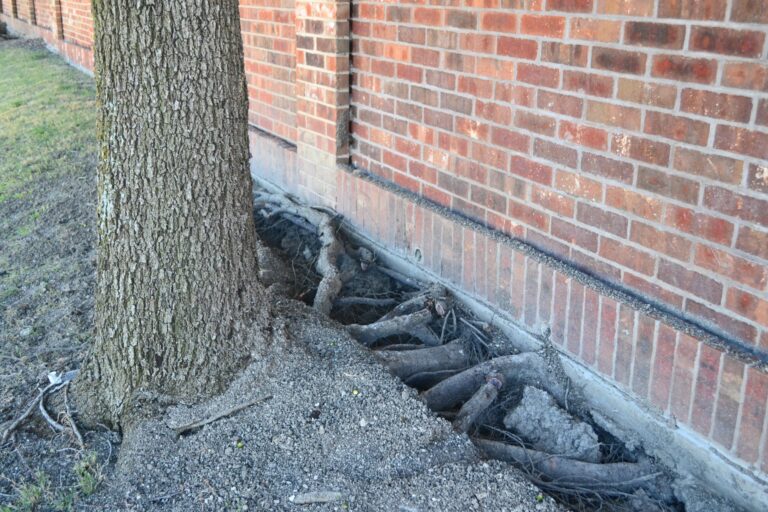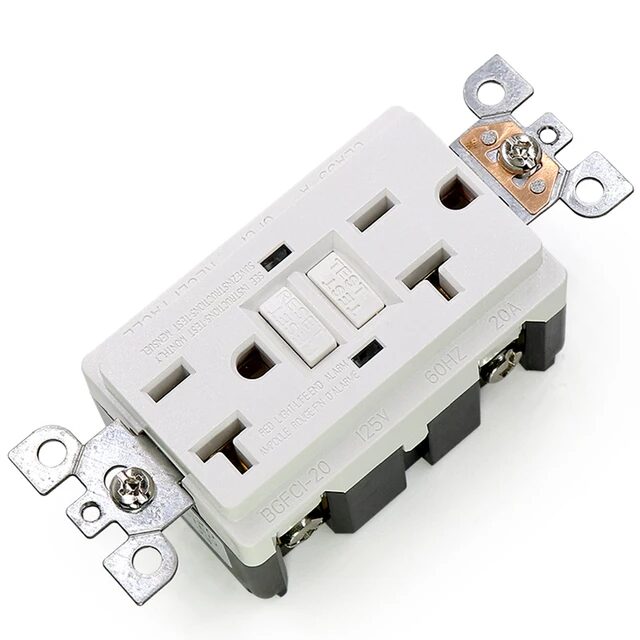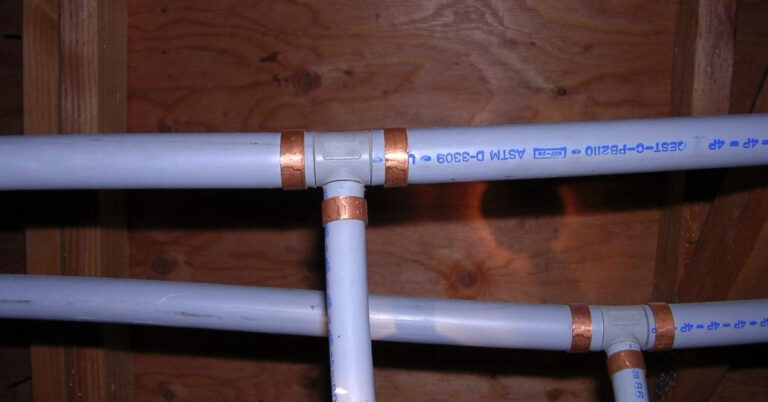The Home Inspector’s Responsibilty
The Home Inspector’s Responsibilty
The primary duty of the home inspector is to examine a home and document its condition at the time of the inspection. The home inspector is a generalist, not an expert, and their role is to report on the current state of the home.
Limitations of a Home Inspection
A home inspection does not include predictions of future events or provide house warranties or guarantees that nothing will ever go wrong. Issues such as roof leaks, water intrusion, plumbing leaks, and heating failures are not within the scope of a home inspection. These future conditions are not the responsibility of the home inspector but rather the homeowner.
Understanding Home Maintenance
Homeowners should be aware that over time, parts of the house will wear out, break down, deteriorate, leak, or simply stop working. It is crucial for homeowners to understand that things will inevitably break and require maintenance.
Inspection Findings and Homeowner Awareness
The inspection image shows water marks in the corner of the ceiling, indicating a water leak that has been ongoing. It is reasonable to assume that the homeowner would likely be aware of this water leak problem since it has persisted for some time.
Inspection Report vs. Seller’s Disclosure
In a real estate transaction, the inspection report serves as a supplement to the seller’s disclosure, which outlines what the seller knows about the home. The inspection report provides additional information to the home buyer, offering a more comprehensive understanding of the home’s condition.
Post-Inspection Issues
The inspection image of the roof reveals a shingle tab that lifted up in the wind and cracked in half, a defect that occurred after the home inspection was performed. This issue is not the responsibility of the home inspector, but of the homeowner; who may not have been aware of the problem.






